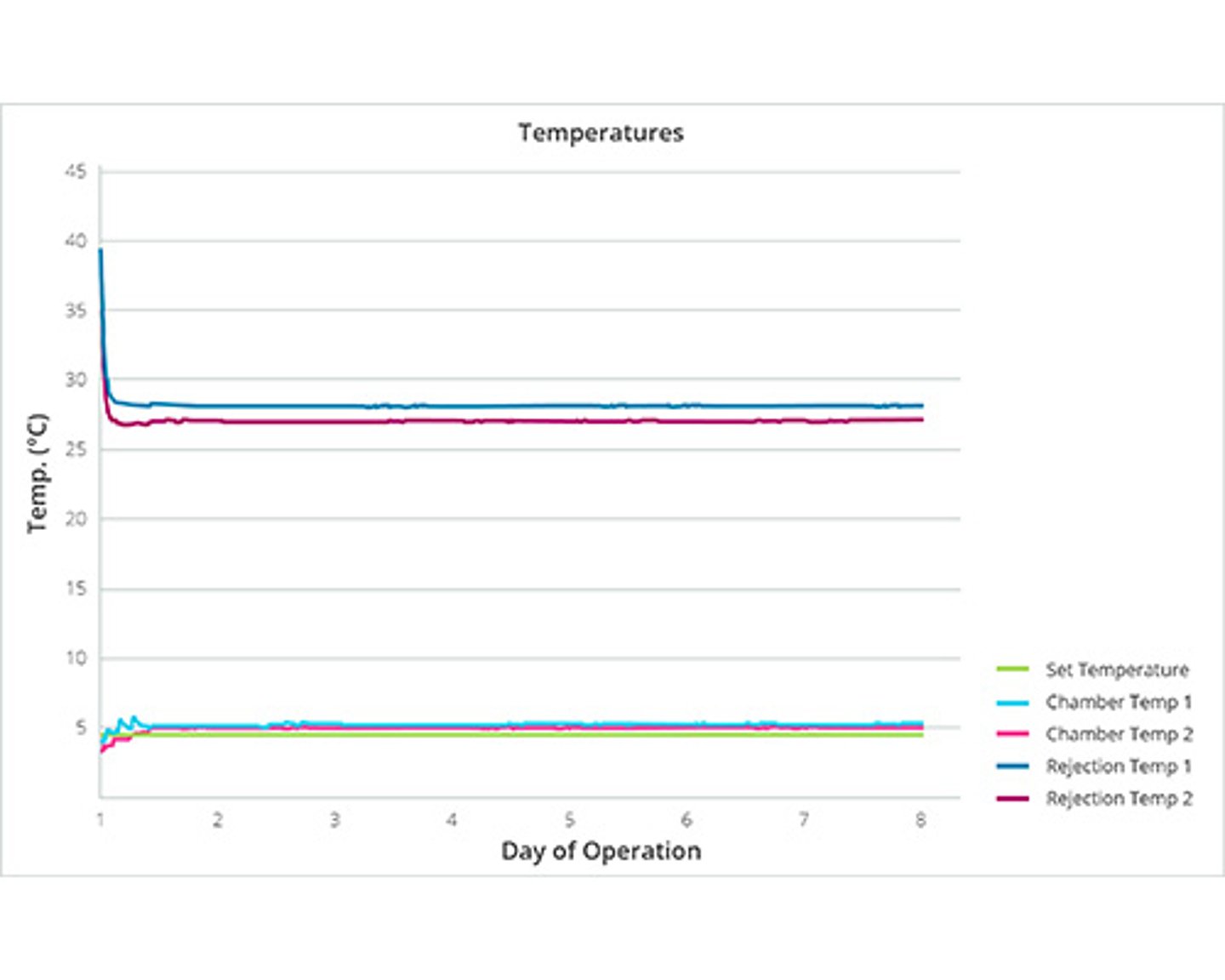C-store Product Placement: Space Is at a Premium
With approximately 155,000 convenience stores across the United States, each carrying 2,500 to 3,500 different products, consumers are certainly not at a loss for options when it comes to choosing a beverage or snack. Because there are so many competitive products in one small store, brand and category managers constantly face two key challenges: how to get their products to stand out among the endless options in the cooler shelves and how to get more product in front of consumers when space is at a premium in c-stores.
Some brand and category managers use packaging, sales promotions and in-store advertising, but those methods require close management and only run for a fixed timeframe. And even during promotional periods, refrigerated and frozen products are still relegated to the back coolers and chests.
There is a better solution.
With compact, quiet, solid-state refrigerators and freezers, retailers can place high-margin products in highly visible areas, displaying more products directly at the point-of-sale.
Here are five ways solid-state refrigeration increases sales:
- Drives awareness. The average time it takes a customer to walk into a c-store, purchase an item and depart is 3-4 minutes. In that short timeframe, many customers never even see the products in the back coolers and freezers. And if they do, they just grab the same thing they bought last time or whatever has the most stock. How can brands entice them with something new? By stimulating interest (and ensuring adequate stock for purchase) while customers wait in line to check out.
- Converts through convenience. There’s a reason it’s called a convenience store. People are in a hurry to get in and out and want to purchase the most convenient products. Picture a mother who has her family waiting in the car. If they are already 10 minutes late for their son’s basketball tournament and her hands are filled with sandwiches, coffee and snacks, is she getting out of the checkout line to get that drink she forgot? Nope, she’s grabbing whatever’s available — and in stock — at the countertop cooler.
- Increases capacity and available stock. A compact, solid-state refrigerator or freezer at the point-of-sale not only provides the opportunity to attract more customers, but also to sell more product through the ability to house greater inventory in a sustainable way. Solid-state refrigerators use small, flat, semiconductor chips to generate extremely stable, uniform temperatures. Since semiconductor chips are so much smaller than compressors and fans, they allow for up to 40 percent more storage in the same footprint as a traditional refrigerator. This means brands can store more, put more product in front of the customer, and decrease the chance of out-of-stocks.
- Markets creatively. Another way that some retailers are innovating is by cross-merchandising drink and food items. This is impossible in the typical fixed cooler setup, but can be easily accomplished with a solid-state countertop fridge at the point-of-sale. And with premium location and ample room, there will always be enough stock conveniently available to meet customer demand.
- Learn more, sell more. Through a solid-state fridge or freezer that provides analytics, brands can gain insight into cold storage in a way that would never be possible in a shared fixed cooler. With local and remote data logging and monitoring, they can track and measure door openings and traffic trends to best understand when and what to stock.
Solid-state refrigerators and freezers can offer 40 percent greater capacity and deliver temperatures up to 20 times more stable than traditional refrigerators, all while being small enough to sit anywhere (like at c-store checkout counters). Brands can finally gain control of the last mile of the supply chain by placing plenty of the highest margin products at impulse locations. And because there are no compressors, solid-state fridges and freezers don’t release concentrated hot exhaust, are whisper quiet, and require minimal maintenance. They also look sleek and modern, reflecting the quality and creativity of a brand.
Why compete with all the other cold products jammed into the back coolers and freezers? Find your own space — a better space where you can sell more.
Editor’s note: The opinions expressed in this column are the author’s.







